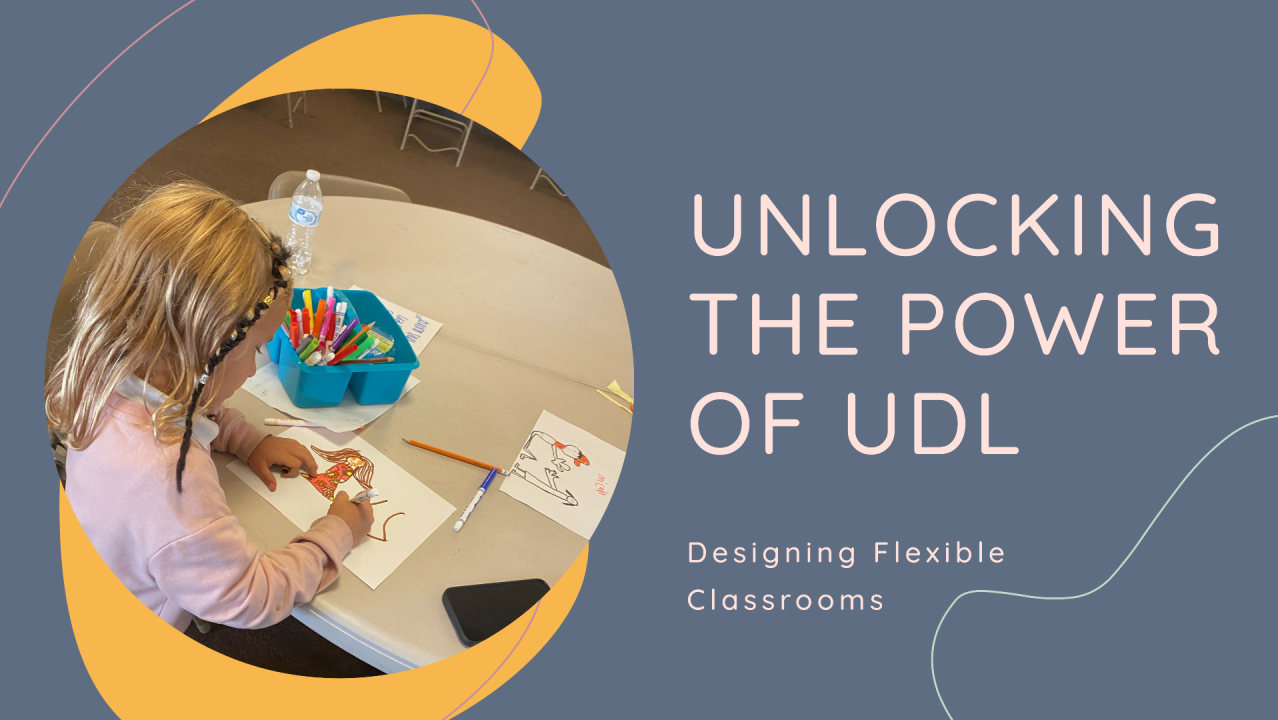
Unlocking the Potential of Universal Design for Learning (UDL) in the Classroom
As the new school year approaches, educators are continually seeking innovative ways to meet the diverse needs of their students. One such approach gaining traction is Universal Design for Learning (UDL), a framework that aims to optimize teaching and learning for all people based on scientific insights into how humans learn.
Understanding UDL
UDL is grounded in the belief that a one-size-fits-all approach to education does not serve all students effectively. Instead, it promotes flexible learning environments that can accommodate individual learning differences. The framework is based on three primary principles:
Engaging Students Through Multiple Means of Engagement
The first principle of UDL emphasizes the importance of engagement. This involves understanding what motivates students and finding ways to connect learning material to their interests. When is the last time you got really excited to learn about something you had absolutely no interest in? Retention is directly related to interest, so when something fascinates us, we tend to learn faster and retain what we learn more effectively and long term. Strategies include offering choices in how they engage with content, setting personal goals, and providing feedback that encourages a growth mindset.
For example, a history teacher might allow students to choose between reading a textbook chapter, watching a documentary, or participating in a hands-on project to learn about a historical event. This flexibility helps maintain interest and encourages deeper understanding. The aspect of choice also empowers students and creates a self of self discipline and responsibility.
Representing Information in Diverse Ways
The second principle focuses on presenting information through various modalities. This can involve using visual aids, auditory supports, and kinesthetic activities to ensure all students can access the content.
In a science class, this might mean using models, diagrams, videos, and interactive simulations to explain complex concepts like the structure of a cell. By providing multiple avenues to grasp the material, educators can support students who may struggle with traditional lecture-based instruction.
领英推荐
Encouraging Varied Expressions of Learning
The third principle of UDL highlights the need for multiple means of action and expression. This principle recognizes that students have different strengths and ways of expressing what they know.
For instance, in an English class, students could demonstrate their understanding of a novel through a written essay, a video presentation, a storyboard, or a dramatic reenactment. Allowing these varied forms of expression not only accommodates different learning styles but also fosters creativity and critical thinking and allows the students to see that learning can be enjoyable and fun!
Implementing UDL in the Classroom
To effectively implement UDL, educators can start by reflecting on their current teaching practices and identifying areas for increased flexibility and inclusivity. Here are some practical steps:
The Benefits of UDL
Adopting UDL can lead to numerous benefits, including increased student engagement, improved academic outcomes, and a more inclusive classroom environment. By recognizing and valuing the diverse ways students learn, educators can create a more equitable education system that empowers every student to succeed. Implementing ULD has also been effective in creating a classroom that is adaptable to the needs of students who might have certain learning disabilities or who are on the spectrum. It fosters an environment of inclusion so certain students don't feel left out or behind others. This is a huge benefit to consider.
Conclusion
As we draw closer to another academic year, the principles of Universal Design for Learning offer a powerful approach to addressing the varied needs of our students. It's not a flawless system, but an alternative that can be experimented with to see what works or doesn't in your classroom since there is a no size fits all. By embracing flexibility and inclusivity in our teaching practices, we can unlock the full potential of every learner and create a classroom environment where all students can thrive. Happy classroom decorating and wishing you another successful year ahead!